Learning Standards
My Major Goals for Continuous Learning:
- Understanding Student Needs;
- Adjusting Current Knowledge and Skills to the Changing Environment;
- Ensuring Creative Organization of the Content.
The professional development of an early childhood education teacher is a continuous knowledge building cycle. Such learning implies an in-depth understanding of student needs and the ways that are most beneficial to meet their expectations. Even those teachers who are confident in their skills and competences need to reconsider their beliefs and methods due to the rapidly changing environment. For instance, while the solid foundation of factual information is obtained by an educator, it is still important to organize knowledge in a creative way to ensure that students are involved in the process of learning.
2020:
- Field of Professional Development;
- Reviewing the Standards by NAYEC.
2021:
- Remaining aware of the recent technological advancements;
- Integrating technology into my practice.
2022:
- Assessing various resources for teaching;
- Sharing experience with others and learning from colleagues.
…:
- Becoming an active member of the teachers’ community;
- Developing critical thinking and informed decisions.
Early childhood professional development promotes one’s involvement with the given field through the use of professional standards and ethical guidelines. In this connection, I plan to engage in continuous learning to inform my practice, reviewing the standards and adjusting my performance to them as an ongoing process. At the same time, the National Association for the Education of Young Children (NAEYC) recommends integrating technology into the teaching and learning with the aim of obtaining relevant information in a timely manner. I would like to be aware of the recent technologic advancements in the field of early childhood education, being able to use them in working with children. Most importantly, technology provides a valuable opportunity to access the resources for teaching, including scholarly articles, templates, check lists, and activities. The latter refers to collaborative learning, which boosts critical thinking, reflection, and informed decisions.
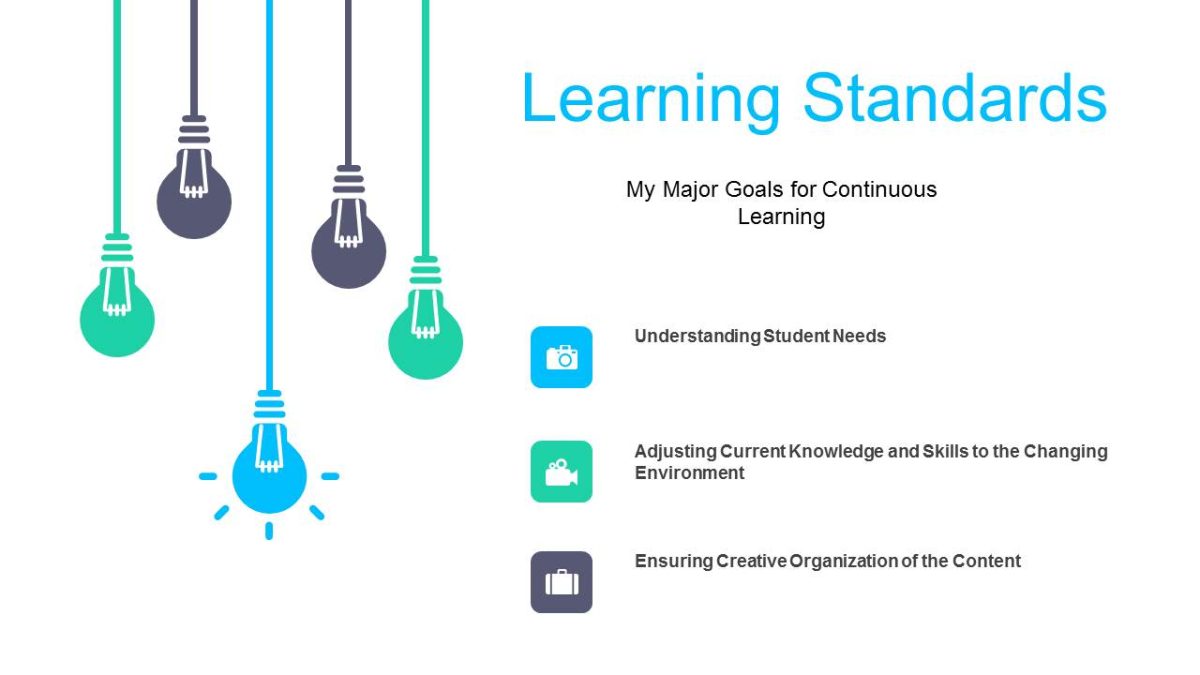

Diversity and Content Presentation
- Looking for the ways to expand their content knowledge and information presentation (InTaSC, standard);
- Encouraging children to better understand the material, as well as question and reflect on themes (4o);
- Making the content more comprehensive and properly selected specifically for target students (4p; 9d);
- Engaging in both group and individual learning, identifying the pertinent enhancement needs (9a, 9b);
- Personalizing practice (9l) and focusing on diversity awareness (9e).
The Interstate Teacher Assessment and Support Consortium (InTASC) by the Council of Chief State School Officers (CCSSO) offers a range of teacher development standards. I strongly believe that this standard contributes to encouraging children to better understand the material, as well as question and reflect on themes (4o). As a result, the content explained and presented by a teacher during lessons is to become more comprehensive and properly selected specifically for target students (4p; 9d). The progression for Standard 9 seems to lead to the personalization of practice (9l) and diversity awareness (9e). In my point of view, it is critical to understand cultural, gender, ethnic, and other learning differences while using resources and preparing for lessons.
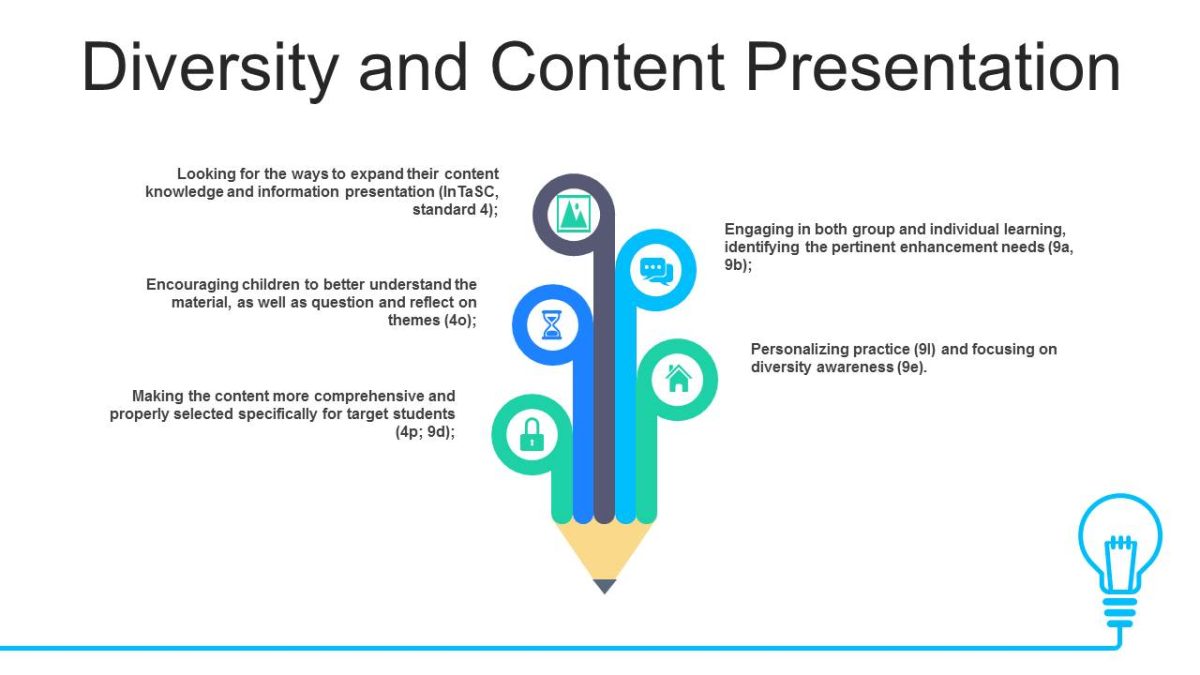
Communication and Collaboration
I plan to establish the continuing relationships with the community resources (10e) and other teachers to develop their knowledge and act as a leader as well (10f, 10i).
- Use technological instruments (10g).
- Develop collaborative interaction (10n).
- Build community in virtual contexts (3a).
Leadership and collaboration compose the essence of Standard 10 that is elaborated by InTASC to foster teachers’ responsibility for student learning and collaborate with colleagues. In a broader context, I consider that my role also lies in applying communication to connect families, students, and my colleagues via technological instruments (10g). For creating such links, I need to have knowledge on working with adults and collaborative interaction (10n). My future initiative will be devoted to developing with my colleagues, improving our knowledge, and supporting children (10r). In terms of The International Society for Technology in Education (ISTE) standards, I want to create the activities that would leverage technology (4a) and make positive impacts on building community in virtual contexts (3a). In addition, I agree with points 4c and 5 d, which recommend collaborative tools to share students’, real-life experience along with the creation of innovative digital learning environments.
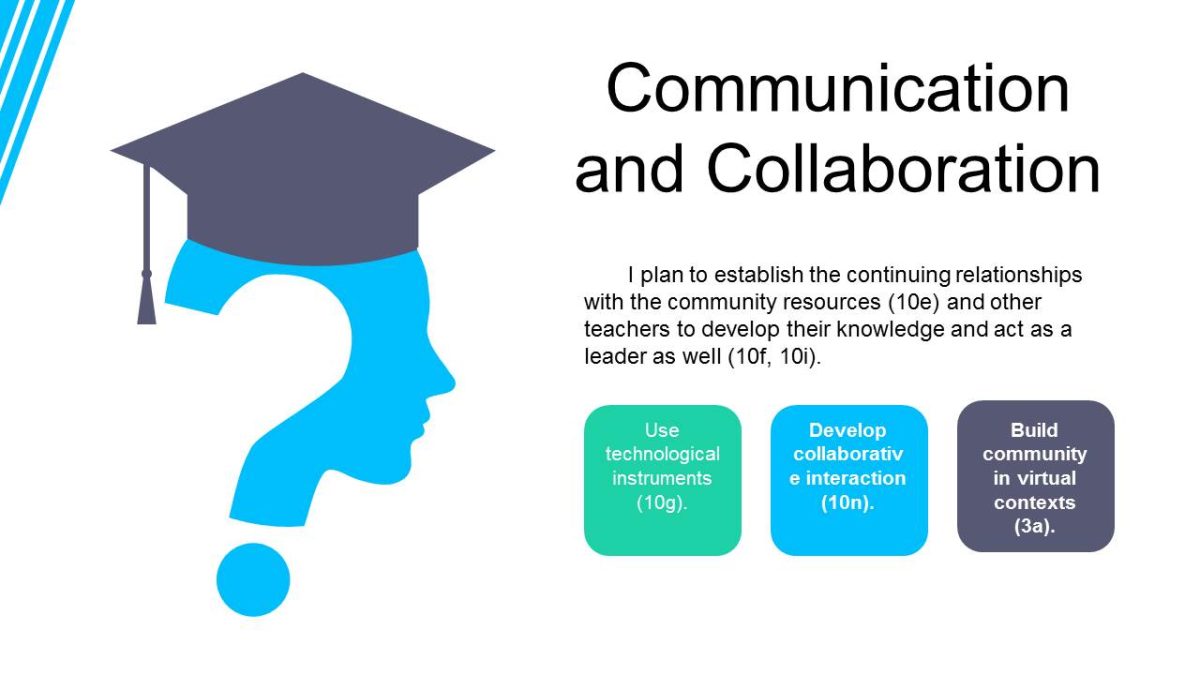
Leadership
- Effective implementation of policies and regulations to manage and support colleagues;
- Collaboration with families and care providers to ensure connections;
- Education quality maintenance.

NAEYC Professional Standards
- Core Elements of Teacher Development Ethics;
- Humane approach to teaching students;
- Commitment to child development;
- Advocacy for ethical use of resources;
- Respect for diversity.
Code of Ethical Conduct:
- Self-analysis;
- Responsibility;
- Evidence use;
- Awareness.
A Code of Ethical Conduct is a document provided by NAEYC to guide teachers based on a set of moral principles and the discipline. As an early childhood teacher, I believe that I should explore the concept of ethics and employ it throughout my career (“2010 NAEYC standards for initial & advanced early childhood professional preparation programs”, 2010). Therefore, I would strive to reflect on my ethical teaching and try to improve it by following the mentioned code. Consistent with the ethical practice guidelines that are proposed by InTASC, I will advocate for the ethical use of information and sources, showing respect for others (9f). InTASC informs my responsibility for utilizing a set of strategies for self-evaluation and self-reflection, which assist in adapting to the changing environment (9g). The understanding of relevant policies, laws, and ethics composes another goal of my professional development (9o). The formation of early childhood education implies the dedication to planning time with colleagues and working as a team to enable ethical practice.
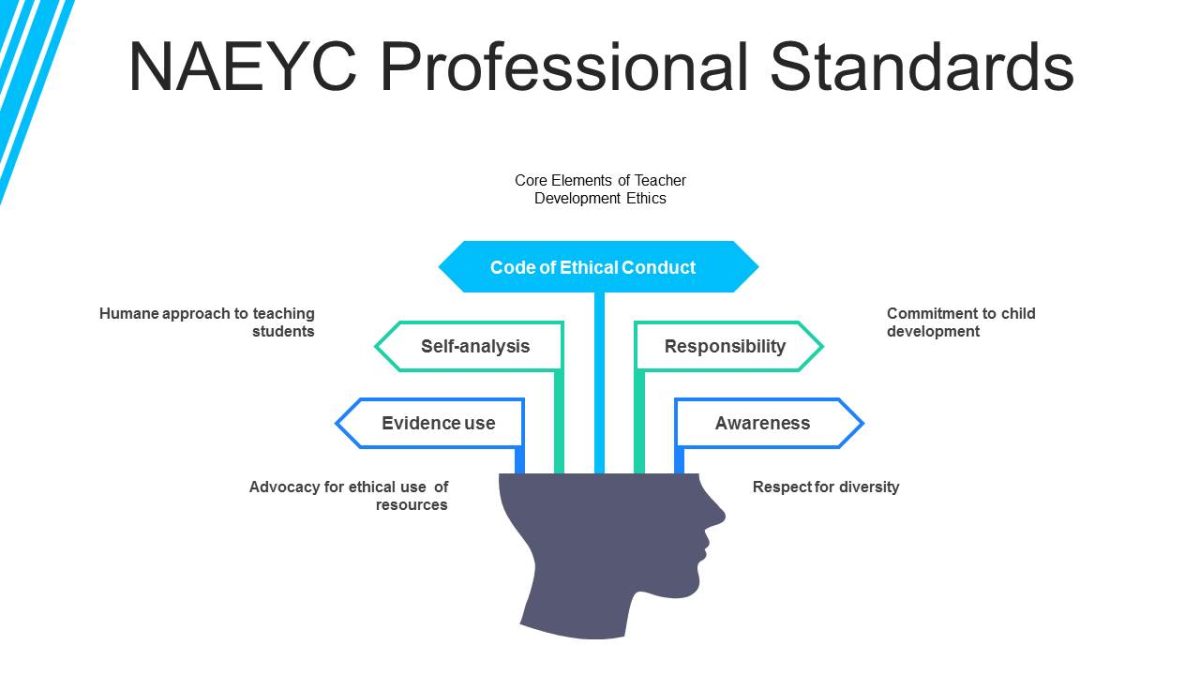
California Requirements
- Early childhood education teachers need to obtain Child Development Permits that are approved by a Commission.
- The California Professional Growth Manual implies a five-year renewal cycle, and there are ten-year mandatory professional growth necessities.
- LA County: the Office for the Advancement of Early Care and Education.
Every teacher can choose a professional growth advisor and discuss the preferred activities. As stated by the Manual, I consider it useful to have the right to amend the personal lifelong learning plan. In LA County, it is possible to refer to one or several of organizations that provide support for early childhood educators. For example, the Office for the Advancement of Early Care and Education: stipends are funded by the California Department of Education/Early Education and Support Division. Another option for early education teachers’ is Child Care Resource and Referral (R&R) and Alternative Payment (AP) agencies. The Gateways for Early Educators is a system for comprehensive training and strengthening their competences (“Gateways for Early Educators”, 2020).
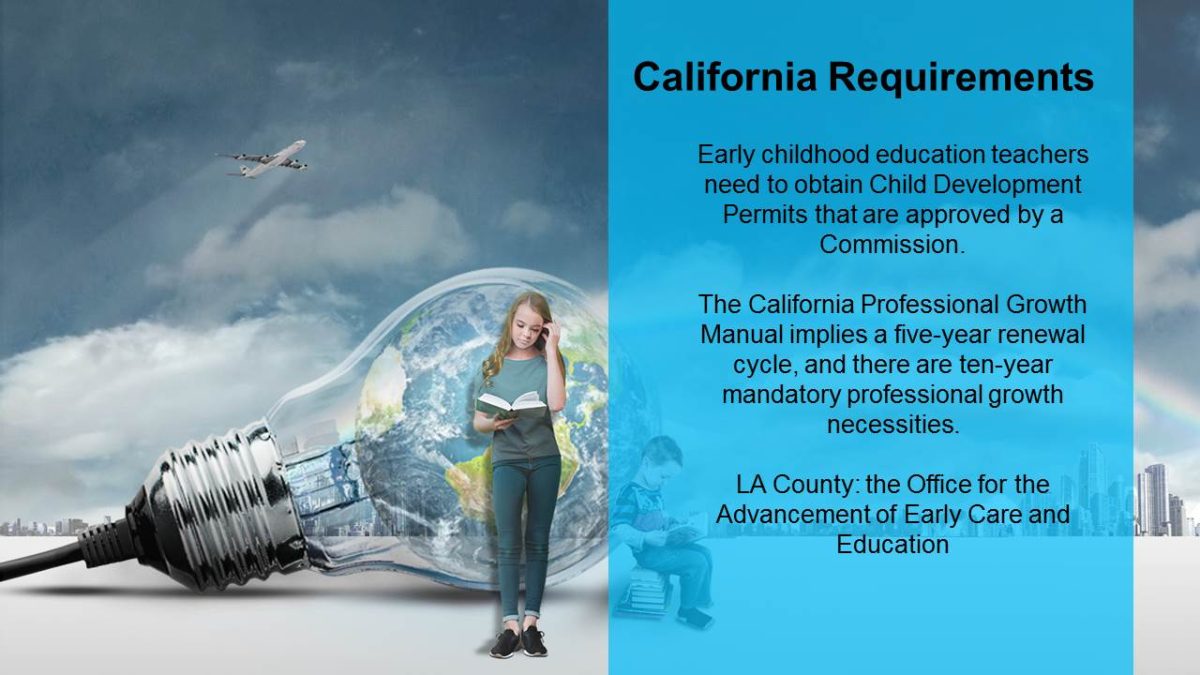
Theories from Research
- Schachter (2015) explored the effects of professional learning and 35 information delivery mechanisms.
- It was found that teachers should focus on diversity in the content and resources as well as experiment with innovative technology and more elaborated means of evaluating their learning outcomes.
The current evidence offers a wide range of early childhood professional development theories and recommendations. Indeed, my plan will include a great emphasis on using a range of tools to present information and make sure that my students are engaged in the process of education. I will implement the instructional design principles and support student learning.
- The reflection on teachers’ practicum-related activities is proposed by Körkkö, Kyrö-Ämmälä, and Turunen (2016), who stress the role of a thematic analysis approach.
- I will apply the typology of reflection by Jay and Johnson, which involves comparative, descriptive, and critical stages of reflection.
In particular, feedback and reflection are noted as the strategies that promote an educator’s professional development. It will give me the opportunity to continuously seek the ways to research the literature as well as generate new evidence.
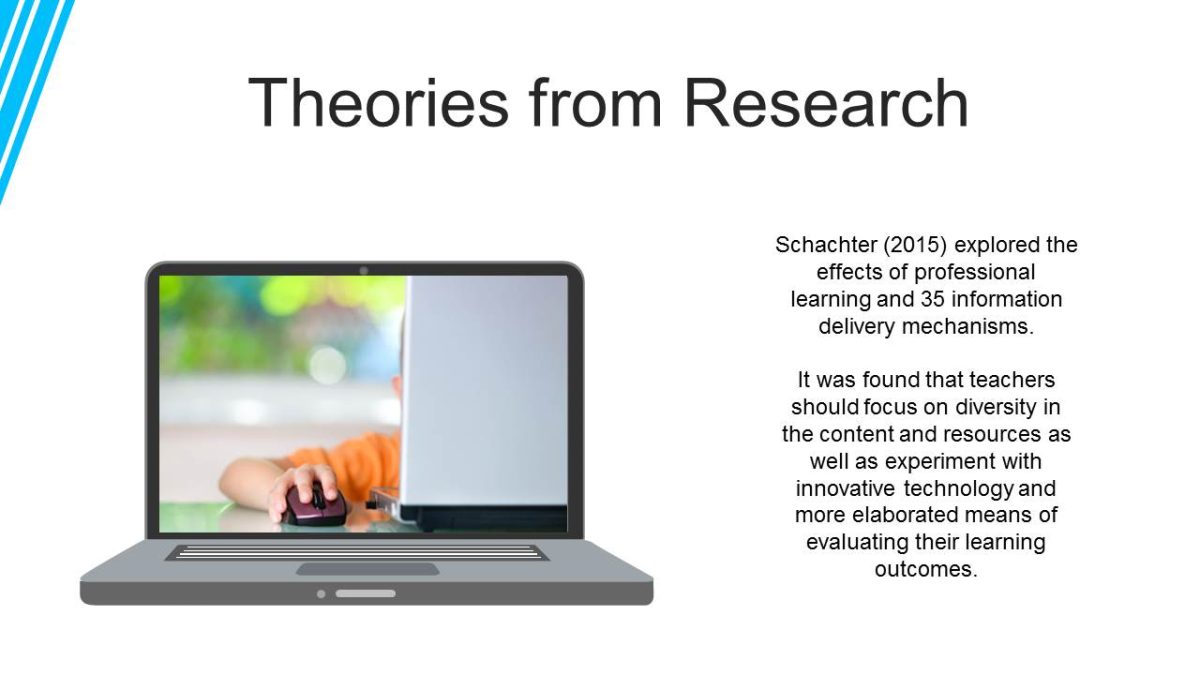
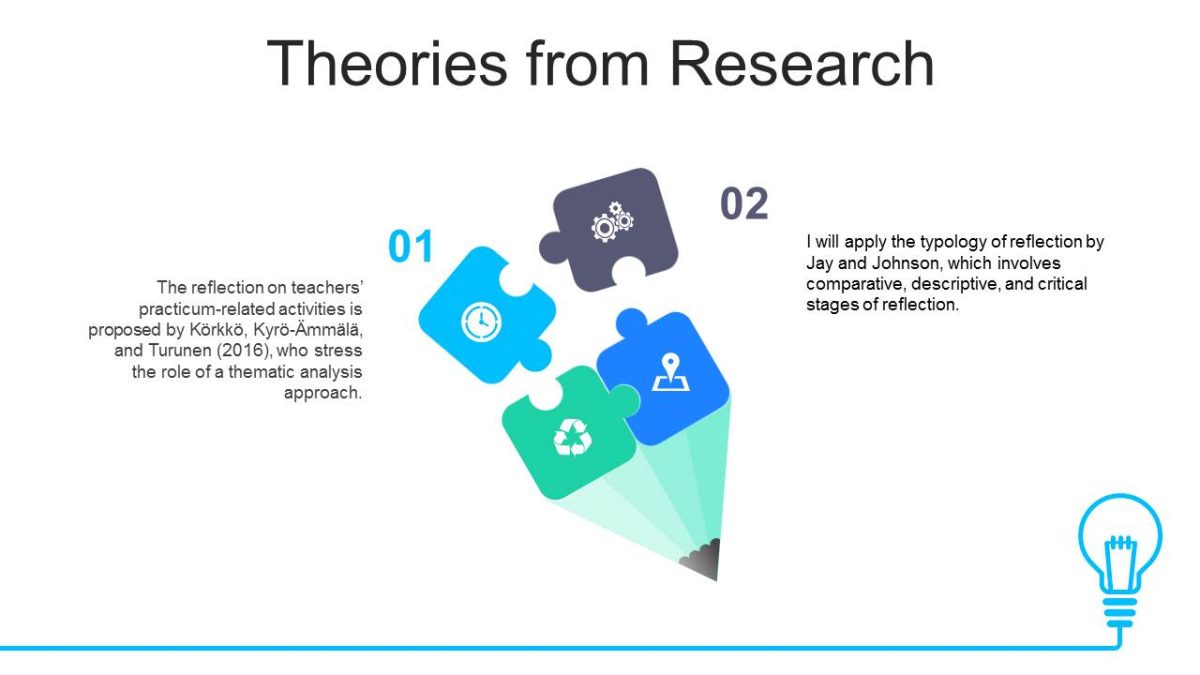
Webinar
Through a webinar, it is possible to take distance learning courses, organize meetings with interesting people, and discuss the problems of modern education (Allred & Hancock, 2015).
A webinar is a type of web conference, online meeting, or online presentation in real- time. During the webinar, each of the participants accesses the resources through a personal computer, and communication between them is supported via the Internet. Based on the results of webinars, you can receive a certificate indicating the topic and the number of hours he or she have listened, which, in turn, is a confirmation of the advanced training (Allred & Hancock, 2015).
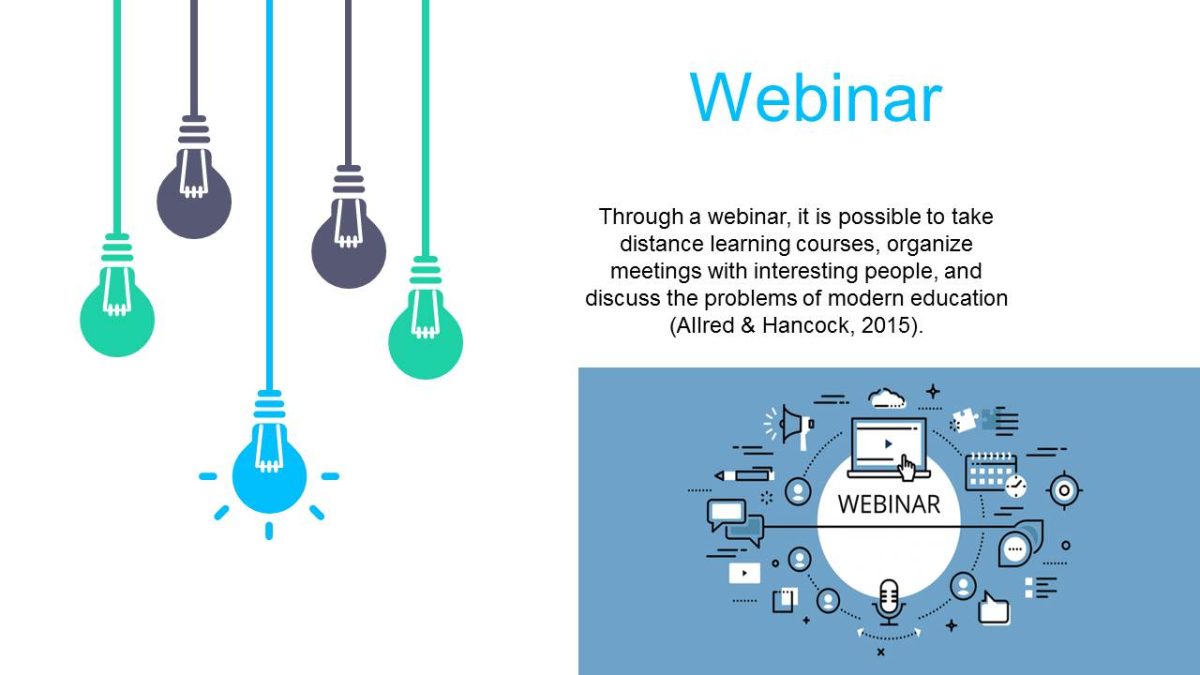
Workshop
- Workshop is practical work or discussion of a particular subject;
- Examples: cooperative and collaborative learning, inquiry-based learning, and interdisciplinary learning in the classroom (Gomez, Kagan, & Fox, 2015).
Workshops can include strategies, videos, and tips to advance early childhood teacher education. Among other issues, workshops emphasize the role of pedagogy, classroom practice, and knowledge development. By completing these activities, teachers are expected to improve in different areas, such as teaching differentiation and strategies or problem-solving in a classroom.

Conferences
- A holistic approach to lifelong learning;
- An intercultural dialogue;
- Active citizenship;
- Social values;
- Cross-community interaction and learning.
Another area I would like to participate in is conferences on early childhood education, both at regional and national levels. My purpose is to obtain the experience of other participants and share insightful information from my learning. The conferences also provide the opportunity to guide teachers’ decision-making and introduce changes in their practice. In a broader context, conferences contribute to global citizenship, empowering learners and promoting social values. Thus, the platforms for early childhood education allow for linking theory and practice and exploring various perspectives on the topics of interest.
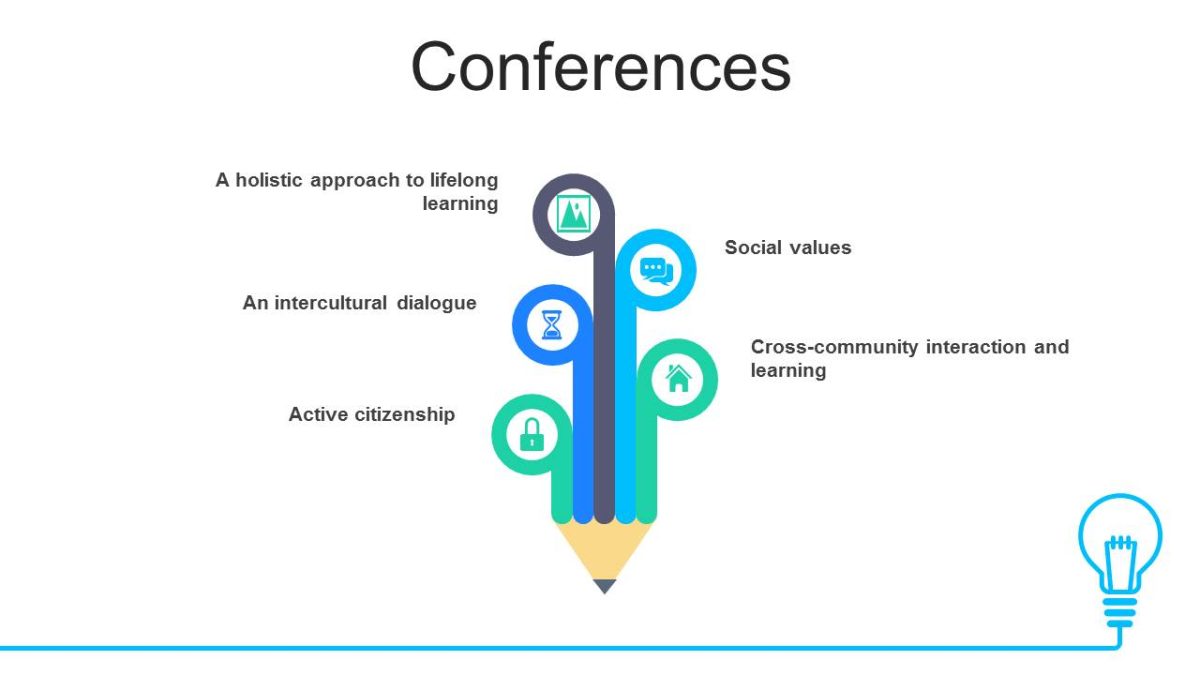
References
Allred, K. W., & Hancock, C. L. (2015). Reconciling leadership and partnership: Strategies to empower professionals and families. Young Children, 70(2), 46-53.
Gateways for Early Educators. (2020). Web.
Gomez, R. E., Kagan, S. L., & Fox, E. A. (2015). Professional development of the early childhood education teaching workforce in the United States: An overview. Professional Development in Education, 41(2), 169-186.
Körkkö, M., Kyrö-Ämmälä, O., & Turunen, T. (2016). Professional development through reflection in teacher education. Teaching and Teacher Education, 55, 198-206.
Schachter, R. E. (2015). An analytic study of the professional development research in early childhood education. Early Education and Development, 26(8), 1057-1085.
2010 NAEYC standards for initial & advanced early childhood professional preparation programs. Web.